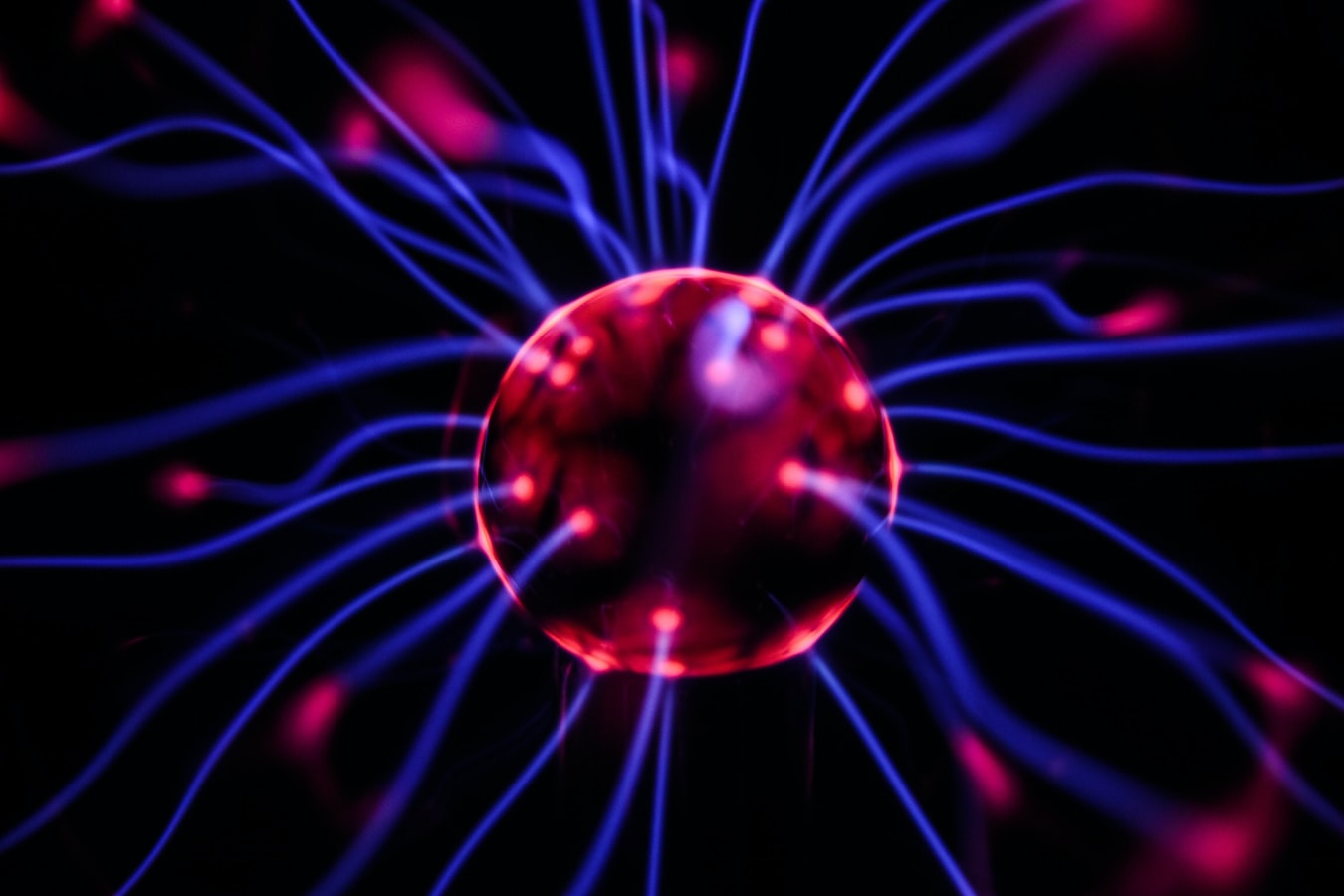According to data from the National Institute on Drug Abuse, rates of emergency room visits for stimulant drugs have been steadily increasing over the last twenty years. In 2012, there were an estimated 1.2 million non-medical users of prescription stimulants in the United States, and nearly 360,000 people receive treatment for some form of stimulant addiction. In 2012, there were approximately 440,000 current meth users, which translates to roughly 0.2% of the population.
What Are Stimulant Drugs?
Stimulant drugs are used for a variety of medical and recreational purposes. Medically, stimulants are used to treat ADHD and are intended to raise alertness and attention, as well as increase blood pressure, heart rate, and breathing. Recreationally, stimulants are taken to achieve high alertness, energy, and a pleasurable sense of well being. When injected or smoked, stimulants can produce intense feelings of euphoria. Stimulants come in a variety of forms, including amphetamines, cocaine, methamphetamines, pseudoephedrine, and more. The most common individual forms of stimulants are:
- Cocaine
- Amphetamine (Adderall, Dexedrine)
- Methamphetamine
- Methylphenidate (Ritalin)
- Cathinone
- Methcathinone
- Mephedrone
- MDPV
- Methylone
- Nicotine
- Caffeine
On the streets, stimulants come by many different names. Some of the most common terms include blow, coke, candy, crack, jack, nose candy, crank, and crystal.
How do Stimulants Work?
Stimulants change the way the brain communicates with the body by changing the way nerve cells communicate. Depending on the type of stimulant consumed, the drug increases the amount of dopamine and norepinephrine in the brain at either a fast or slow pace. Dopamine induces feelings of pleasure and create the euphoric high associated with stimulants, while norepinephrine, one of the fight or flight chemicals alongside epinephrine, affects the blood vessels and increases the heart rate, blood sugar, and breathing rate.
Caffeine
Caffeine easily enters the body and takes about 45 minutes to be absorbed through the membranes into your bloodstream. The half life is about 4 to 6 hours after consumption. Once it hits your bloodstream, caffeine is metabolized and sent throughout the body.
Nicotine
Nicotine is one of the most heavily used drugs in circulation today. In spite of years of research demonstrating the negative health consequences associated with inhaling and chewing tobacco, over 1 billion still continue to use nicotine. Nicotine is one of 4000 chemicals found in cigarettes, and can be ingested through the nose, mouth, and lungs. Nicotine increases levels of dopamine rapidly, usually achieving peak levels within ten seconds of ingestion. Nicotine stimulates both epinephrine and dopamine production, albeit in shorter, less intense bursts. It is important to know the signs of nicotine addiction since it is one of the most widely circulated and used drugs in the world.
Cocaine
The different forms and methods of injection can change the effects that this drug has on the body. In powdered form, the drug is snorted and takes roughly 30 minutes to achieve peak levels of absorption. In its crystal form, the cocaine can quickly deliver the euphoric high within minutes. Crack cocaine can be heated and the vapors inhaled, or dissolved in a water solution and injected intravenously. Enzymes in the body dissolve about half the cocaine dose in about an hour, which means users are usually ready for another dose 40 minutes after ingesting the substance. The safest form is chewing the coca leaves, which produces significantly less stimulating effects and carries lower risks for abuse and overdose.
Ephedrine and Substitutes
Ephedrine is ingested as either a pill or tea, and reaches its peak effects in about an hour. Synthetic substitutes are typically used to aid athletic and academic performance.
Amphetamine and Methamphetamine
Much like cocaine, both amphetamine and methamphetamine enter the blood stream quicker when smoked or utilized through injection sites. However, they are more effective when digested because they are not broken down as quickly by the liver. Both drugs are degraded more slowly than cocaine, so effects are typically longer lasting than cocaine.
Are Stimulants Dangerous
There are a number of dangers associated with stimulant consumption. For one, at high doses they can lead to dangerously high body temperatures, irregular heartbeat, and even fatal cardiac arrest, stroke, or seizure. Much like opiates, stimulants become more dangerous when consumed in greater volumes. Prolonged usage can result in an increased blood pressure, and often times produces negative psychological symptoms. Abusers often enter into a state of hostility and paranoia not unsimilar to paranoid schizophrenia. Particularly alarming are bath salts, which have been known to produce psychotic like behaviors.
Prolonged stimulant usage is also likely to produce a profound addiction because of the euphoric high that they produce. Stimulants become even more dangerous when combined with any sort of substance that could raise heart rate and blood pressure.
Signs of a Stimulant Overdose
You should never take stimulants recreationally, but by recognizing the signs of a possible overdose you can reduce the risk factors associated with the drug. When people take too many stimulants, these are the signs they may exhibit.
- Restlessness
- Tremors
- Rapid Breathing
- Panic
- Chest Pains
- Confusion
- Fever
- Muscle Pains
- Overactive Reflexes
- Seizure
- Convulsions
- Nausea
If you’re worried someone is experiencing an overdose, the best thing to do is call 911 and monitor their condition until medical personnel arrive. You can treat their high temperature with ice packs, and make sure they stay hydrated with water.
Stimulant Withdrawal
Withdrawing from stimulant abuse does not carry any significant health risks, but there are plenty of negative side effects that make it a difficult process. Users who have been taking stimulants frequently for any amount of time will experience symptoms of fatigue, depression, and insomnia. Other symptoms include:
- Sadness
- Depression
- Anxiety
- Insomnia
- Restlessness
- Jitters
- Chills
- Weakness
- Headaches
- Trouble Focusing
- Hopelessness
The following are withdrawal stories collected from the narcotic discussion forum Bluelight. These testimonials were gathered from the forum and the views expressed are in no way affiliated with Landmark Recovery. They are merely intended to help educate and promote awareness of the negative side effects associated with stimulant withdrawal.
Amphetamines
“It got worse…I ran out yesterday and slept from 9 last night to 10 this morning. I have no ambition, no drive, depressed as hell. And I have a family including three kids. Here it is Sunday and I am useless. I can’t refill until at least a week from now but someone I know said tomorrow I could get some adderall or ritalin from them. I hope they are for real because I have to work and I don’t know if I am going to make it. I went through this before for about three days or so and I was absolutely dragging. No fun at all for myself and those around me. It sucked.”
“I am confused about you saying it is mainly psychological because my withdrawal was soooo physically horrid. I agree that much of it must be psychological but with what I went through physically was equally as bad. I slept twice as much as usual, if not more and I had body aches and stiffness like I had a weak type of flu.”
Methamphetamine
“It’s like you don’t feel as happy and can’t smile as much or feel in the same way for days to weeks or for even months depending on how much you used, redosed and how often you did it. Even occasional use if you do a lot can make ya feel off for weeks to a month which is no fun for people who care about functioning to their fullest extent. I can handle the haze of weed but this stuff isn’t for me, I like feeling happy and healthy and not like a shadow of myself due to my brain lacking dopamine, serotonin ect.”
“I don’t think you quite understand the words withdrawal, comedown etc. etc. Meth isn’t like heroin in the way it causes addiction…. there isn’t much of a ‘physical’ addiction…. think of it like super coffee… the way people go to far with coffee and how it can effect them… basically the addiction is similar. even the effects… for some really sensitive people , a really big cup of coffee gets them friggin tweaked… they talk and talk and talk, and sweat, and crash, and then can’t sleep…. meth is just like that except now extrapolate that about 10 fold.”
The History of Stimulant Use
All types of stimulants have been used since time immemorial to help mankind achieve an energy boost. Caffeine and nicotine have been around for centuries, and cocaine was even used by natives in South America before the arrival of the Spaniards.
Caffeine
Caffeine is the most commonly used stimulant in the world. Its effects are mild compared to others on this list, and for that reason is not a scheduled narcotic. 54% of Americans over the age of 18 consume caffeine on a daily basis, and 68% of coffee drinkers have their first cup within 1 hour of waking up. Historians believe that coffee use began sometime around the 4th century B.C. in Ethiopia, where it was eventually brought to Europe and circulated around the world. By the 1600’s, coffee had become a widespread substance associated with idea exchanges, entrepreneurs, and progress. Today, coffee is still widely used and generally accepted as a way to increase energy, attention, and focus.
Nicotine
Nicotine is a naturally occurring chemical produced by several plants, tobacco being the most common plant species associated with production. The tobacco plant is indigenous to the Americas and has been used for thousands of years as both a medicine and recreational stimulant. After Columbus’s arrival in the Americas, tobacco use proliferated throughout the world, growing into one of the largest industries in the 18th and 19th centuries. In 1828, nicotine was isolated from the tobacco plant and identified as the primary addictive, pleasure inducing component of the drug. It wasn’t until the 1950’s that studies began linking smoking to lung cancer other disease helped inure people to the harmful effects of tobacco. In 1965, the U.S. passed the Cigarette Labeling and Advertising Act that required a warning label on every pack.
Cocaine
Cocaine is a naturally occurring stimulant present in several species of plant in South America. The most common is the Erythroxylum coca that grows in the Andes Mountains. The natives chewed coca leaves for centuries to capitalize on their alerting effects and ability to increase endurance. When the Spaniards conquered the Incans in the 16th century, they attempted to ban the practice but wound up relenting when they realized that the drug helped slaves working in the silver mines to work harder.
Coca was imported to Europe where it was eventually purified by German scientists in 1860, bringing the drug into a new era of consumption. It first became popularized by the drink Vin Mariana in 1869. This concoction was a mixture of wine and coca leaves that became the rage in Europe and eventually found its American imitator in Coca-Cola, a tonic created by Georgie pharmacist John Pemberton. While the recipe is still a secret, coca leaves are no longer part of the formula.
Sigmund Freud famously popularized its medical application for overcoming lethargy and as a local anesthesia. However, as more tonics and medicines were created using large doses of cocaine and opium, the drug began to be recognized for the unhealthy side effects associated with abuse and withdrawal. Cocaine, along with opium, was finally restricted under the Harrison Narcotic Act of 1914. Cocaine reached a popularity peak during the 1970’s and early 80’s, where it was largely trafficked into the United States from Mexico, courtesy the infamous drug kingpin Pablo Escobar. Today, roughly 75% of cocaine enters the United States through the Southwest states of Arizona, Texas, and California.
Ephedrine and Methamphetamine
For a long time, the Chinese drug mahuang was associated with treating breathing symptoms of asthma. Eventually, the compound ephedrine was identified and distilled as the chemical responsible for the medical benefits. A synthetic version of ephedrine was created a few years afterwards by Gorden Alles, and became known as amphetamine. The drug quickly became marketed and sold throughout the United States and Europe as a nasal inhaler that did a lot more than just open the bronchioles. Usage proliferated throughout the 1930’s, and in Japan the synthetic compound methamphetamine became widely popular. During World War II, soldiers from every side used amphetamines and methamphetamines to maintain alertness during long tours of duty.
Following the war, waves of stimulant usage have affected the United States and other countries to varying degrees. A wave of amphetamine usage characterized the 60’s, followed by its restriction to medical use only in 1971. This methamphetamine craze was followed by cocaine abuse during the 1970’s. As soon as this ended, the crack epidemic of the 1980’s began. This was followed by the rise of methamphetamine in the 1990’s, which increased even more into the 2000’s. Today, methamphetamine is widely produced in home labs across the world. From 2010 to 2014, the number of overdose deaths from methamphetamine more than doubled.
In Conclusion
Drug and alcohol addictions are some of the most destructive forces in the world today, especially if the addiction is to stimulant drugs. The process of healing ourselves, our families, our communities, and the world at large, starts with recognizing the danger that these substances represent. At Landmark Recovery, we believe in creating a supportive network of love and access to resources that can help you break free from the chains of addiction. Visit our website to learn more about drug rehab in Oklahoma City.

Choose Recovery Over Addiction
We're here 24/7 to help you get the care you need to live life on your terms, without drugs or alcohol. Talk to our recovery specialists today and learn about our integrated treatment programs.





